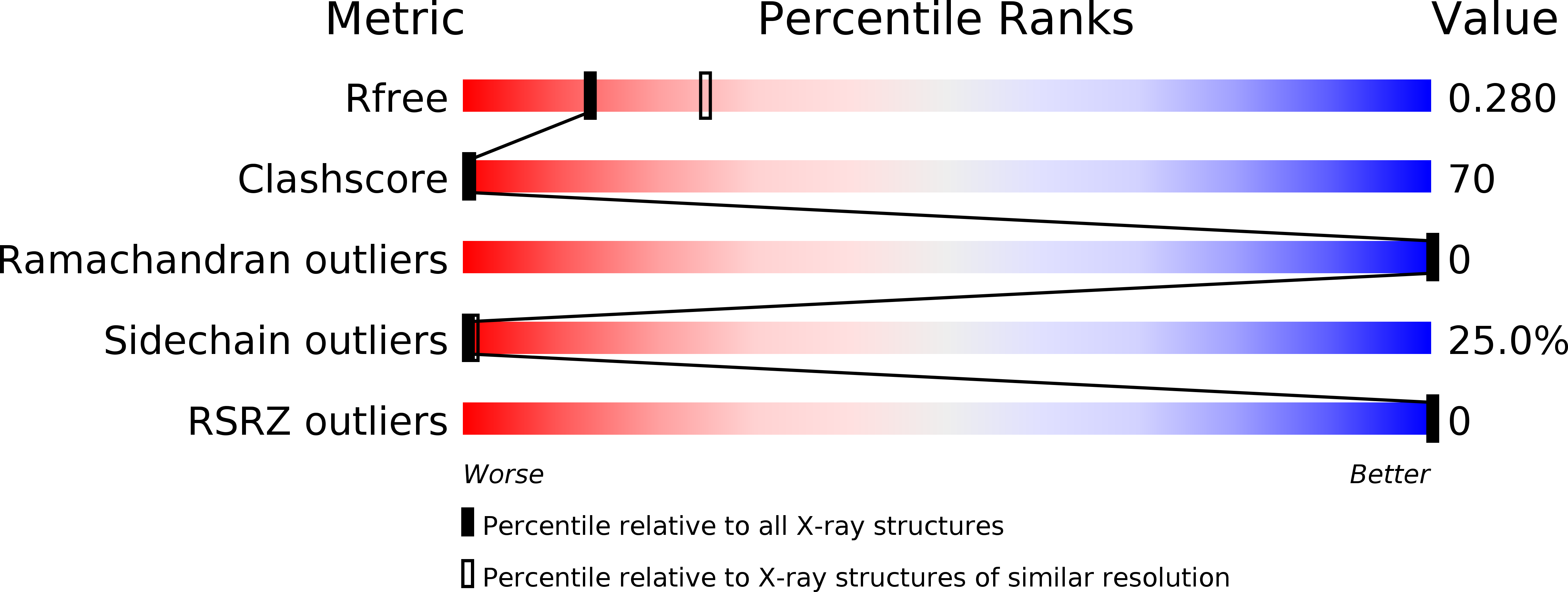
Deposition Date
2002-09-06
Release Date
2002-11-22
Last Version Date
2024-10-30
Method Details:
Experimental Method:
Resolution:
2.60 Å
R-Value Free:
0.29
R-Value Work:
0.23
R-Value Observed:
0.23
Space Group:
P 31 1 2


